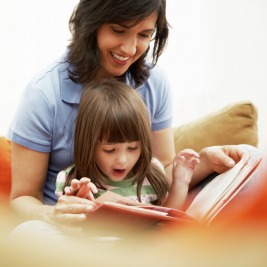The Homeschooling Family Demographics

In general, the the distribution of students in homeschooling in Kindergarden through 12th grade is relatively consistent. Simply stated, once a parent chooses to homeschool their child, the student typically stays in homeschooling [1]. Typically, homeschooled children live in two parent homes. Compared to public and private school students, homeschooled students are more likely to live in a family with three or more children, whereas they are less likely than private school students to be an only child [2]. The parents of a homeschooled child have often achieved a higher level of education than that of a public school student. Parents of private school students have typically achieved the highest level of education of the three categories. About 75% of parents of homeschooled children have continued studies beyond high school, compared with 56% of parents nationwide [3].
Eight-one percent of homeschooled children live in a two-parent household. A child who is homeschooled will typically only have one parent in the work force. While 54% of homeschooled students have just one parent in the work force, between 49-56% of private and public school students have two parents in the work force [3]. The household income of the homeschooling family is typically less than that of a private schooling family, and about equivalent with a public schooling family's income. While about 50% of private students live in households with incomes above $75,000, only about 22% of homeschooled children live in households with incomes of this amount. About 26% of homeschooled children live in households with annual incomes of $25,000 or less [2].
A study conducted in 2003 revealed that a homeschooled child is more likely to be white than any other race. While White students comprise 77% of the homeschooled student population, only 9% of the homeschooled population is Black. Additionally, only 5% of homeschooled students are Hispanic. Female and male students are equally represented among the homeschooled population [2].
Generally, homeschooled children are less likely to live in urban places than private students. There is no strong disparity between the urbanicity of public and homeschool students. Approximately 72% of homeschooled students live in rural places. Statistically, there is no single region of the country (defined as Northeast, South, Midwest and West) that favors homeschooling more than any other region [2].
